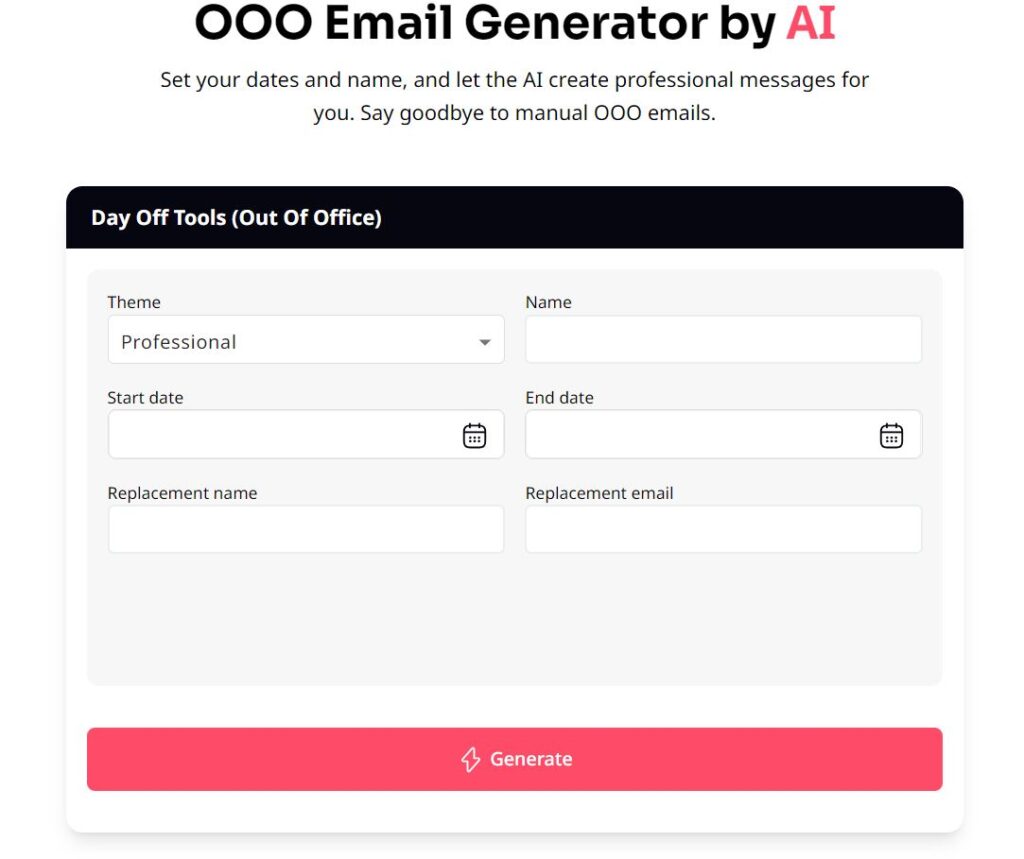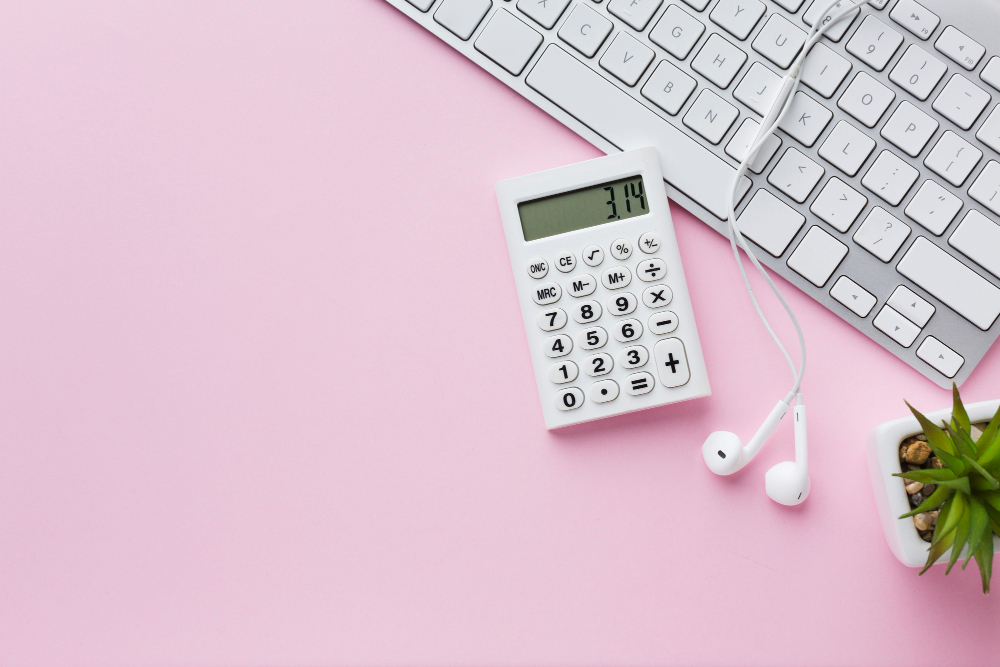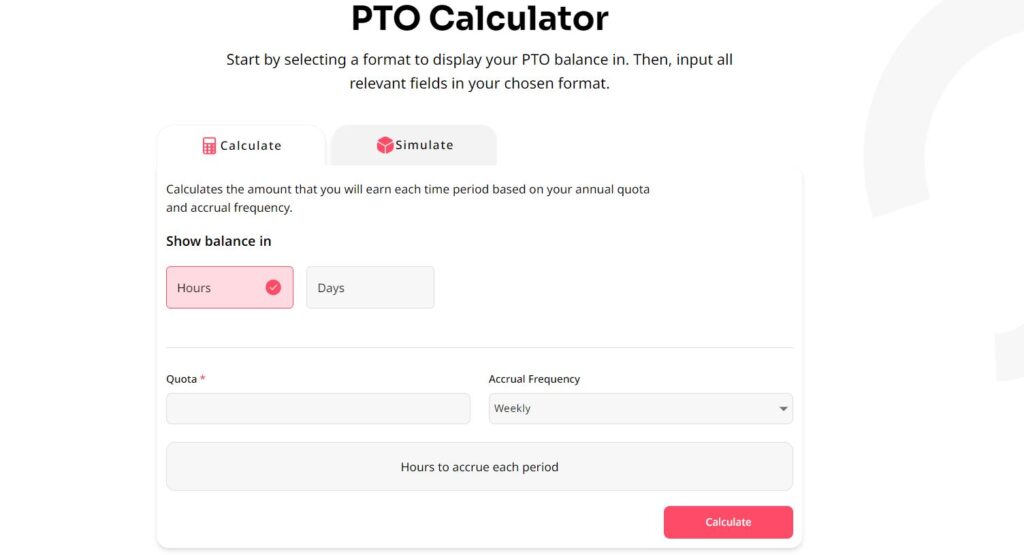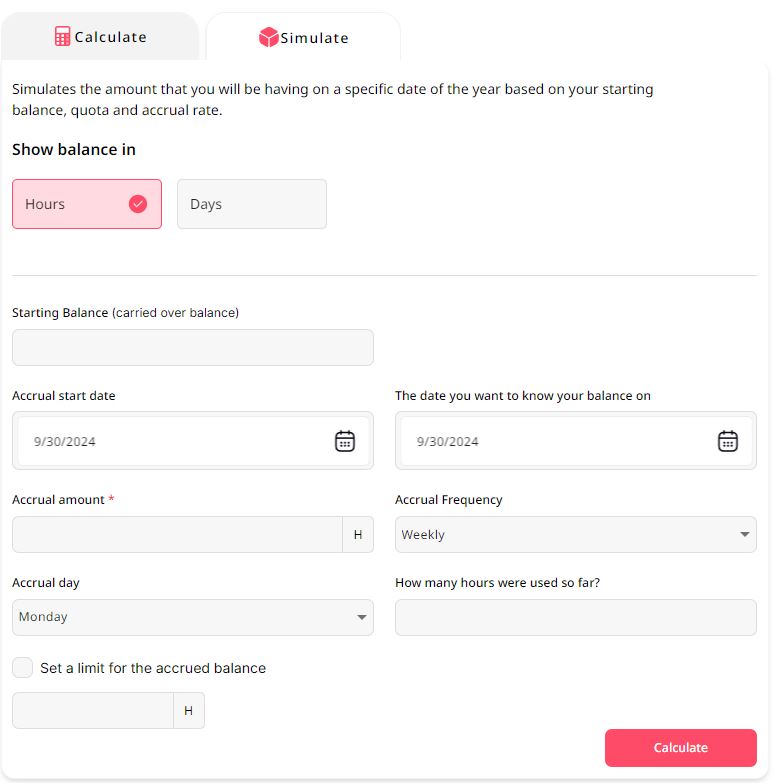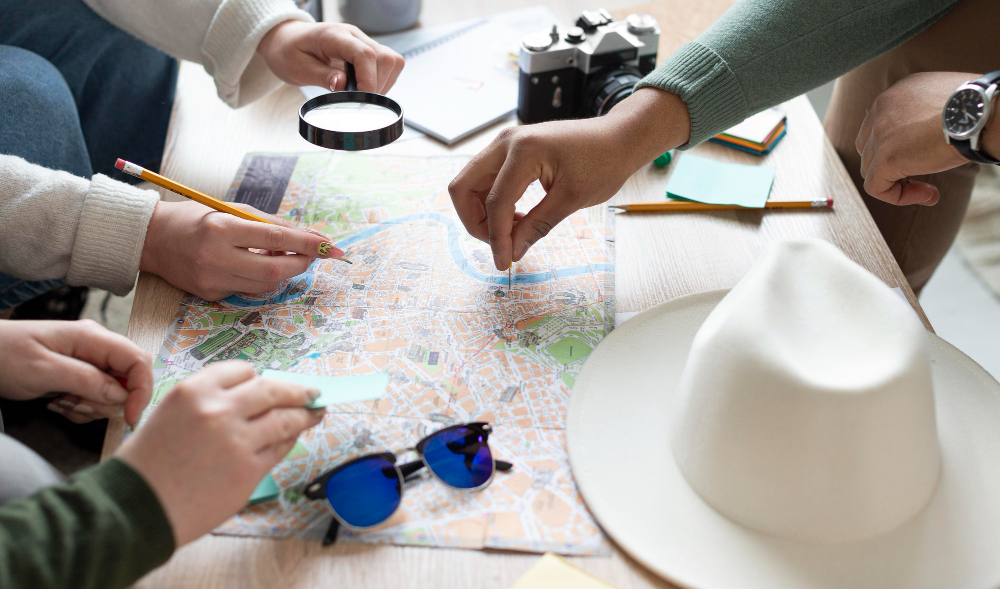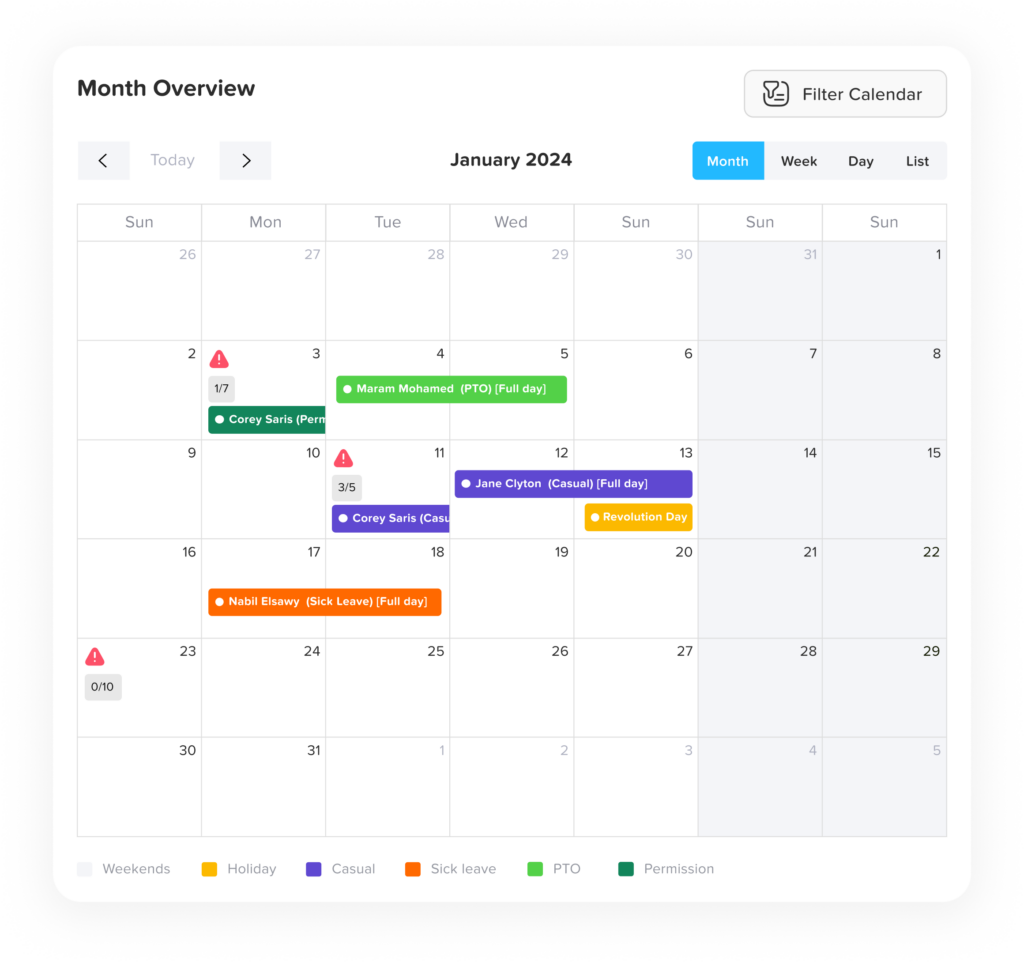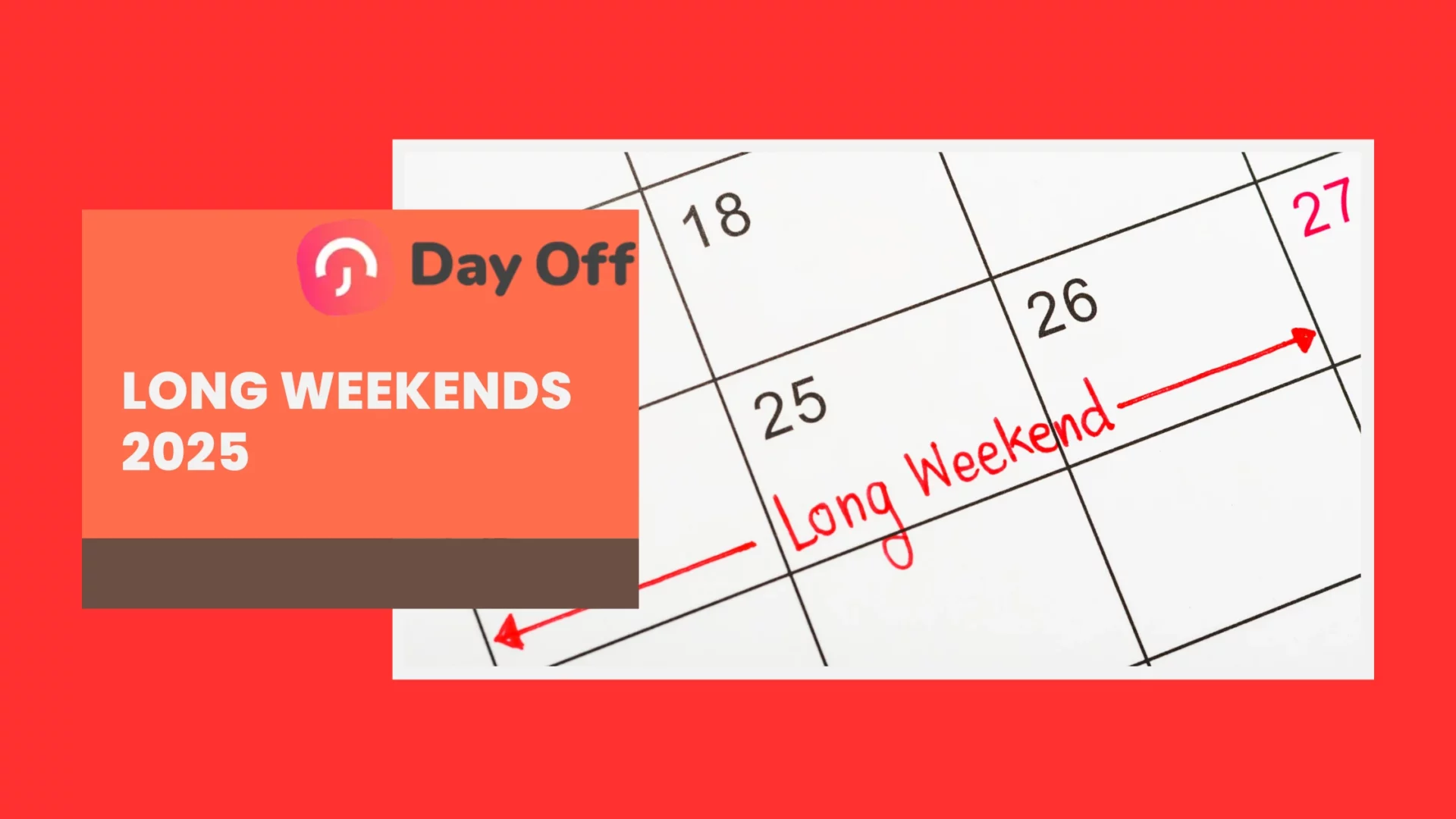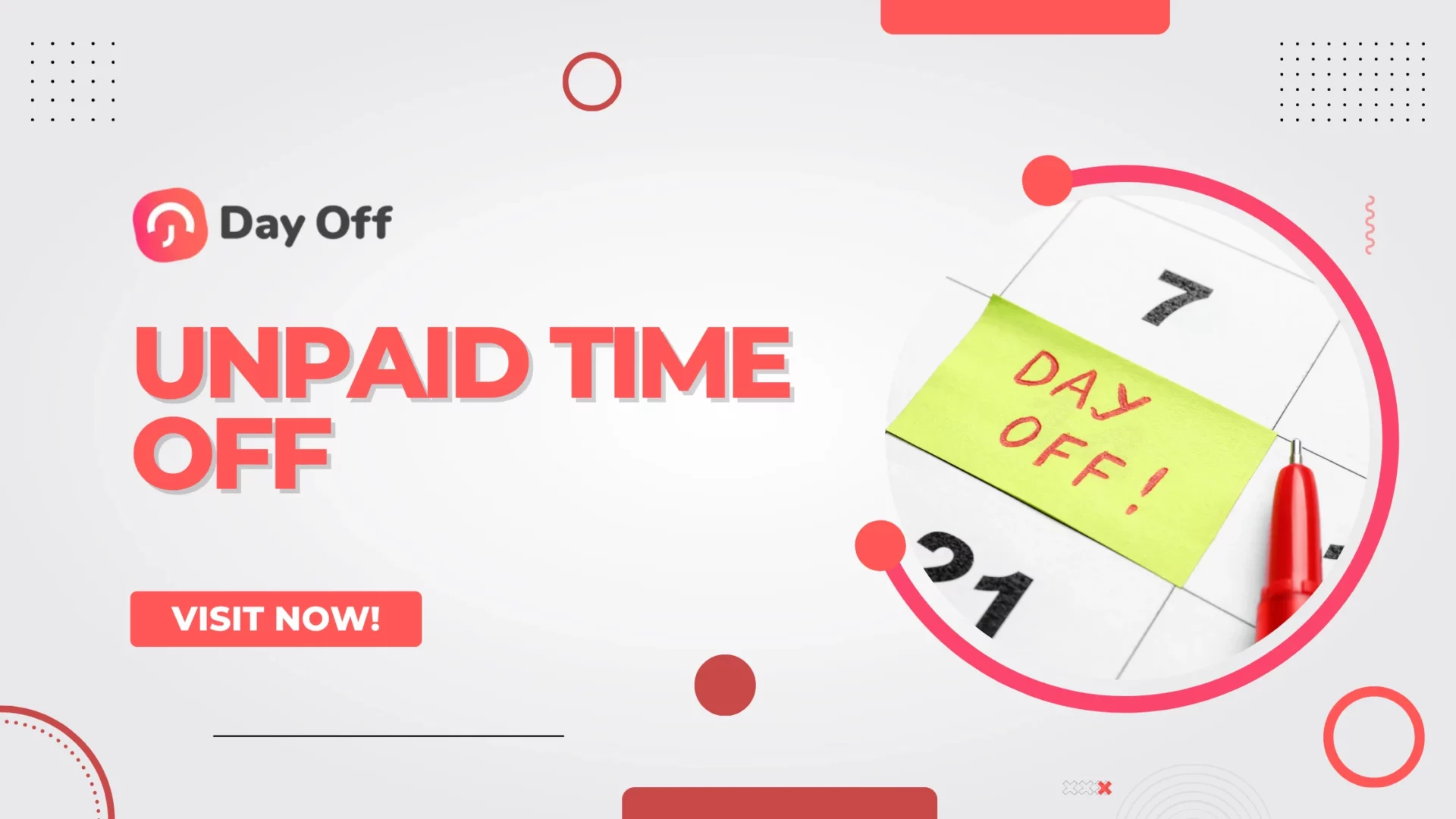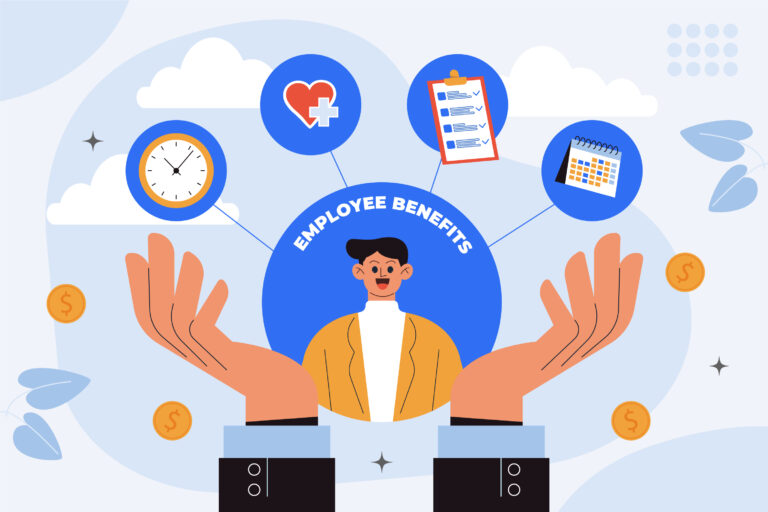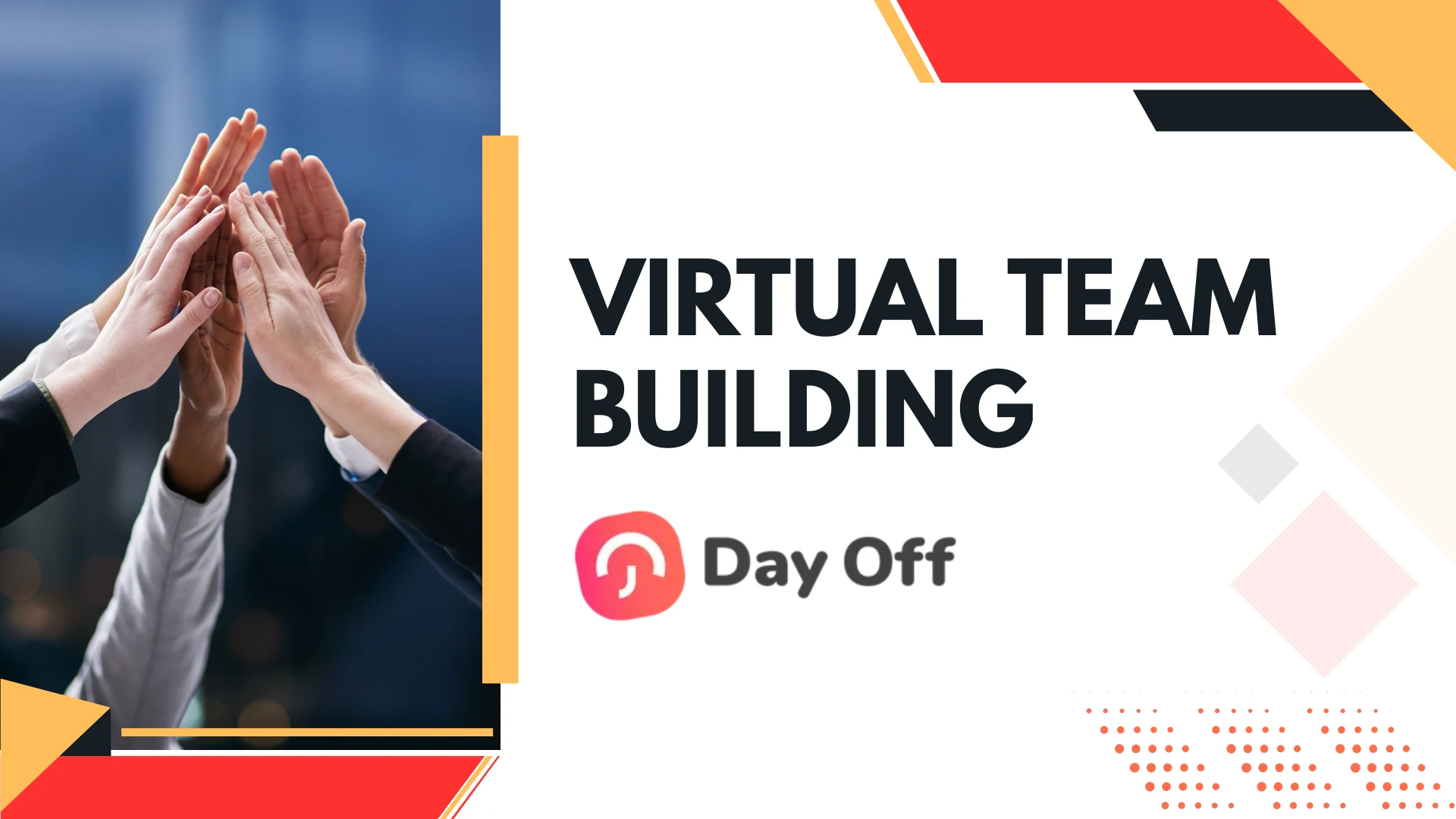Federal and bank holidays play a significant role in the lives of employees, affecting work schedules, pay, and overall work-life balance. Knowing which holidays are recognized and how they impact your employment can help you plan time off, manage your work schedule, and understand your rights and benefits. This article provides an in-depth overview of federal and bank holidays, their history, significance, and how they relate to the workplace for employees.
What Are Federal Holidays?
Federal holidays in the United States are public holidays established by federal law (5 U.S.C. § 6103). These holidays are observed nationwide, and federal government offices, banks, and many businesses close on these days. Federal holidays are designed to honor significant historical events, figures, or cultural traditions. There are currently 11 federal holidays:
Federal Holidays in the United States (2026)
- New Year’s Day will be observed on Thursday, January 1, 2026.
- Martin Luther King Jr. Day will be observed on Monday, January 19, 2026.
- Washington’s Birthday (Presidents’ Day) will be observed on Monday, February 16, 2026.
- Memorial Day will be observed on Monday, May 25, 2026.
- Juneteenth National Independence Day will be observed on Friday, June 19, 2026.
- Independence Day will be observed on Friday, July 3, 2026, since July 4 falls on a Saturday.
- Labor Day will be observed on Monday, September 7, 2026.
- Columbus Day / Indigenous Peoples’ Day will be observed on Monday, October 12, 2026.
- Veterans Day will be observed on Wednesday, November 11, 2026.
- Thanksgiving Day will be observed on Thursday, November 26, 2026.
- Christmas Day will be observed on Friday, December 25, 2026.
Federal employees and employees of certain institutions, like banks, usually receive these days off. However, whether private-sector employees receive these days off often depends on company policies and industry practices.
What Are Bank Holidays?
Bank holidays are days when banks and other financial institutions close. While all federal holidays are considered bank holidays, not all bank holidays are federal holidays. Banks may also close on different occasions, such as Good Friday or the day after Thanksgiving (commonly known as “Black Friday”), depending on state laws and policies of the financial institution.
Bank holidays are crucial for businesses and employees, particularly those working in financial services, as they affect transaction processing and business operations. Employees in the banking and finance sectors often find their work schedules or responsibilities adjusted based on these closures.
Impact of Federal and Bank Holidays on Employees
For employees, federal and bank holidays can influence various aspects of their work life, including time off, compensation, and overall scheduling. Understanding how these holidays impact the workplace can help employees better navigate their professional obligations and rights
Add Your Heading Text Here
Paid Time Off (PTO) and Holiday Pay
One of the most significant aspects of federal holidays is whether employees receive paid time off (PTO) or holiday pay. Here’s how this typically works:
Federal Employees: By law, federal employees are entitled to paid time off on federal holidays. When these holidays fall on weekends, they are usually observed on the closest weekday (e.g., if Independence Day falls on a Saturday, it may be observed on Friday).
Private Sector Employees: Unlike federal employees, private sector employees do not have a guaranteed right to paid time off on federal holidays. Whether they receive holiday pay or time off depends on the employer’s policies. Many companies offer paid time off for major holidays such as Christmas, Thanksgiving, and Independence Day, but this is not legally required. Employees should check their company’s handbook or policies to understand what benefits they receive.
Holiday Pay: Some employers provide additional compensation for working on federal holidays, commonly referred to as “holiday pay.” This might mean receiving double-time or time-and-a-half for hours worked on holidays. Again, this practice varies and is at the discretion of the employer.
Scheduling and Work Hours
Federal and bank holidays can also affect work schedules:
Reduced Operations: On federal holidays, businesses may operate with a reduced staff, or some departments may be closed entirely. Employees should plan accordingly and communicate with their supervisors about their schedules during holiday periods.
Alternative or Rotating Shifts: In industries that must remain operational (e.g., healthcare, law enforcement, and retail), employees may need to work on federal holidays. In these cases, employers often use rotating shifts or provide additional incentives to encourage employees to work these days.
Implications for Financial Services Employees
Bank employees often have unique holiday schedules due to the nature of their work. Since banks close on federal and some state-designated holidays, employees in these institutions typically receive these days off, following the bank’s policies. However, the rise of digital banking and 24/7 customer service means that some employees may still need to work, especially those involved in technical support or digital operations.
State Holidays vs. Federal Holidays
In addition to federal holidays, some states recognize their own holidays. These may commemorate regional historical events, celebrate state heroes, or honor local cultures and traditions. Examples include:
- Patriots’ Day (Massachusetts and Maine): Celebrates the first battles of the American Revolutionary War.
- Cesar Chavez Day (California): Honors the labor leader’s contributions to workers’ rights and civil rights.
- Emancipation Day (Washington D.C.): Celebrates the end of slavery in the District of Columbia.
Employees should note that employers in these states may or may not provide time off or special pay for state holidays. It is important for employees to review their state’s labor laws and consult with their employers about specific holiday policies.
How to Plan for Federal and Bank Holidays
Planning ahead for federal and bank holidays is essential for employees to make the most of their time off while ensuring they fulfill work commitments. Here are some tips:
Review Your Company’s Holiday Schedule: Each year, companies typically release a schedule that outlines recognized holidays and any additional days off provided. Make sure to review this schedule to know when you are expected to work and when you’ll have time off.
Check for Additional Benefits: Some employers offer “floating holidays” or additional paid days off that employees can use at their discretion. Understanding these benefits can help you plan long weekends or vacations around federal holidays without impacting your PTO balance.
Coordinate with Your Team: If you work in a collaborative environment or one that requires a certain number of staff on duty (e.g., healthcare or customer service), it’s important to coordinate with your team members and manager when planning time off around holidays.
Plan Financial Transactions Accordingly: For employees in financial services or those needing banking services, remember that bank holidays may affect transaction processing times. Plan for any financial needs, such as payroll or wire transfers, that may be delayed due to bank closures.
Frequently Asked Questions (FAQ)
Do private sector employers have to give paid time off for federal holidays?
No. Federal law only requires federal government employers to provide paid time off for federal holidays. Private employers are not legally obligated to do so. However, many companies choose to offer holiday pay or PTO for major holidays to stay competitive and improve employee satisfaction.
What happens if a federal holiday falls on a weekend?
If a federal holiday falls on a Saturday, it is typically observed on the preceding Friday. If it falls on a Sunday, it is usually observed on the following Monday. This rule mainly applies to federal employees, but many private employers follow the same practice.
Are banks required to close on federal holidays?
Most banks and credit unions close on federal holidays, but some may have limited operations through ATMs, online banking, or customer service hotlines. Employees in financial services should check with their employer about whether they will be scheduled to work during these holidays.
Do employees get extra pay if they work on federal holidays?
It depends on the employer. Some businesses offer “holiday pay,” such as time-and-a-half or double-time for employees who work on holidays, but this is not mandated by law. Whether you receive extra pay is determined by your company’s holiday policy.
Are state holidays treated the same as federal holidays for employees?
No. State holidays are only recognized within the state and may or may not be observed by employers. For example, Patriots’ Day is observed in Massachusetts and Maine, but not nationwide. Employers in those states may offer time off, but it depends on company policy and state labor laws.
Can employers require employees to work on federal holidays?
Yes. Unless your employment contract or company policy states otherwise, private employers can require employees to work on federal holidays. However, many companies provide incentives, such as premium pay or additional PTO, to encourage coverage during holidays.
What are “floating holidays” and how do they work?
A floating holiday is an extra paid day off that employees can use at their discretion. Unlike fixed holidays such as Christmas or Independence Day, floating holidays allow flexibility, for example, employees may choose to use them for cultural or religious observances not recognized by the company calendar.
How do federal holidays impact direct deposits and payroll?
Bank closures on federal holidays can delay payroll processing, direct deposits, and other financial transactions. Employers typically adjust payroll schedules in advance to ensure employees are paid on time. Employees should plan ahead if a payday falls near a bank holiday.
Do part-time employees get holiday pay?
Holiday pay for part-time employees depends on company policy. Some employers offer prorated holiday pay based on hours worked, while others only provide holiday pay to full-time employees. Employees should review their employee handbook or HR policies for clarification.
What should employees do if they’re unsure about their holiday benefits?
The best step is to check your company’s employee handbook or official holiday schedule. If policies are unclear, reach out to HR or your manager for clarification. Understanding your holiday benefits in advance helps you plan your time off and avoid scheduling conflicts.
Conclusion
Federal and bank holidays are an important aspect of the work calendar for employees in various industries. Understanding which holidays are observed, how they affect time off and compensation, and the specific policies of your employer are key to managing your schedule and maximizing your benefits. By staying informed and planning ahead, employees can enjoy their holidays while ensuring their work responsibilities are covered effectively.




